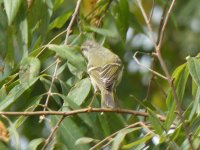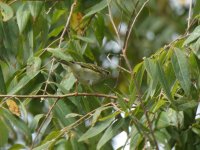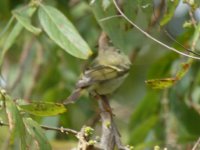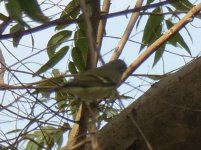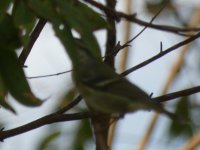Seth Miller
Well-known member

I'm guessing this is just a Yellow-browed, but it's always felt just a little off to me so thought I check to confirm.
All photos of the same individual, sorry for the not so great angles and photo quality.
From Bandarban area (SE hill tracts) of Bangladesh this January.
All photos of the same individual, sorry for the not so great angles and photo quality.
From Bandarban area (SE hill tracts) of Bangladesh this January.




